A valve is a device that controls, regulates, or directs the flow of a fluid, by closing, opening, or partially obstructing one or more passageways. Ball valves are a type of quarter turn valve that controls flow. They serve as more effective alternatives to similar valves, like butterfly valves and gate valves. Read More…
CR-TEC Engineering is a supplier of a broad range of valve products for fluid handling. Our specialty is automated valves using pneumatic or electric actuators. However, we also supply any of our valves in manually operated versions, with hand levers or hand wheel gearboxes. We are capable of assisting our customers with system design recommendations and will help in the valve selection process.

Marwin Valve is known for high quality products and customer service. Some products include ball valves, brass ball valves, high pressure valves, stainless steel ball valves, flanged ball valves, 4 way ball valves and 3 way ball valves. We serve a wide variety of industries. Please give us a call today to learn more information!
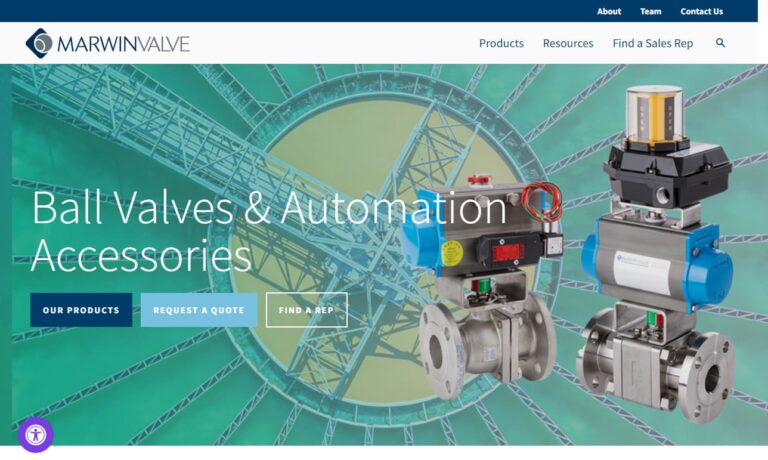
At Kingston Valves, we are proud to be recognized as a leading manufacturer and supplier of high-quality ball valves, catering to diverse industries worldwide with precision-engineered solutions that ensure efficient flow control and reliable performance. With decades of experience and a commitment to innovation, we have earned the trust of our customers as a dependable partner for all their...
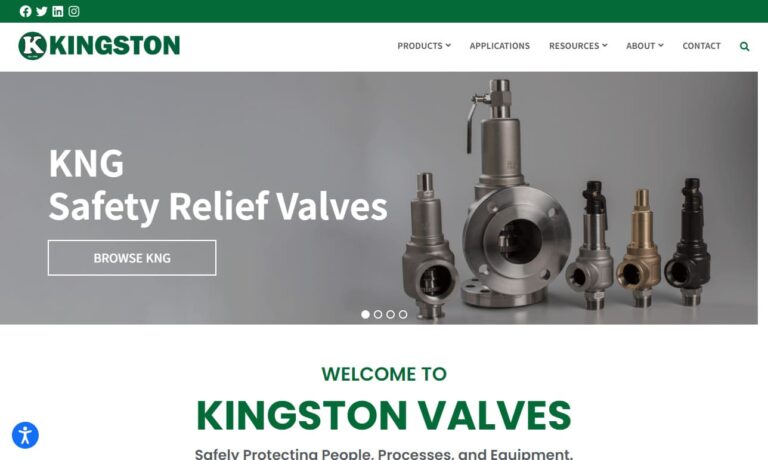
When it comes to ball valves, you can count on Valve Check to manufacture ball valves and relief valves! Our valves can operate up to 10,000 PSI, and can be made from such materials as brass, aluminum, steel and stainless steel. Many standards and configurations available! For more information, call us today! We look forward to working with you!
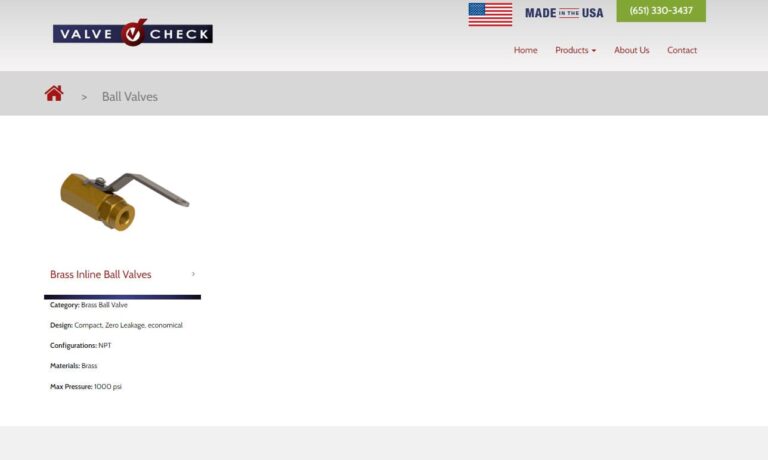
Alloy Valves and Controls, Inc. (AVCO) manufactures valves and instrumentation devices for all types of fluid flow conditions. We supply standard and custom products with full control over our designs and manufacturing. We are proud to be an ISO 9001:2015 Certified, “Made in California” and “Women Owned” business. We produce control valves, cryogenic valves, sanitary valves and...
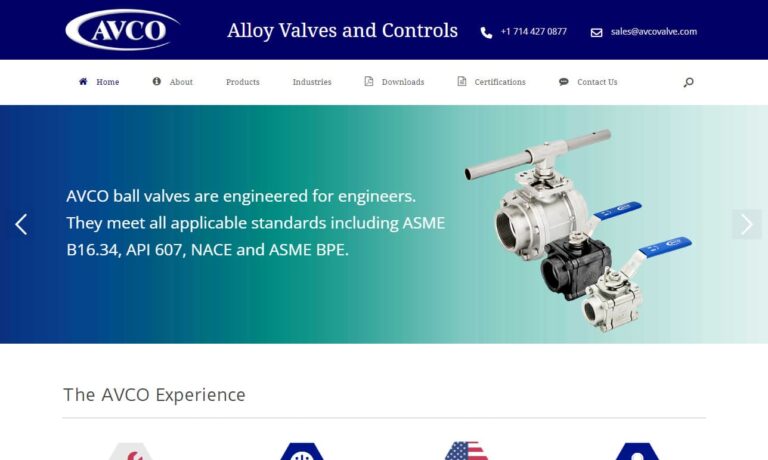
More Ball Valve Manufacturers
Ball Valve Applications
The primary function of ball valves is to regulate fluid flow, achieved through various mechanisms. They can manage low flow valves, offer backflow prevention when equipped with a swing check component, isolate systems, and ensure complete shut-off capabilities via gear operators. Ball valves are versatile, available with both manual and motorized controls, making them suitable for a wide range of applications across diverse settings.
Ball valves are predominantly used for the on-and-off control of pipes carrying suspended solids, slurries, liquids, or gases. They are also commonly employed in tubing systems, equipment, and tools across virtually every industry that involves fluid transport. From the factory floor to household faucets, ball valves are ubiquitous. Industries utilizing ball valves include manufacturing, mining, oil and gas, agriculture, HVAC (heating, ventilation, and air conditioning), both industrial and domestic plumbing, water management, consumer goods production, construction, and more.
History of Ball Valves
In 1871, John Warren patented the earliest known ball-type valve, a brass ball valve design. Although Warren passed the patent to John Chapman, head of Chapman Valves, Chapman opted not to manufacture it, leading to the continued use of older valve designs for many years.
The ball valve, or spherical plug valve, gained importance during World War II when engineers created it for military aircraft fuel systems. Its success during the war led to its adaptation for industrial applications.
During the 1950s, a key innovation in ball valve technology was the use of Teflon as a valve material. Recognizing its market potential, companies such as DuPont competed for the rights to Teflon, and eventually, several companies began producing Teflon valves. These valves, known for their high flexibility, bidirectional sealing, and leak-proof nature, marked a significant advancement. Howard Freeman, who patented the first design with flexible Teflon seats in 1958, led this innovation.
Today, ball valves have advanced in terms of material compatibility and application versatility. Modern manufacturing techniques like CNC machining and sophisticated computer programming, such as the Button Model, have enhanced valve quality. Future developments will see ball valve manufacturers offering more options, including aluminum construction, improved durability, and advanced throttling capabilities for precise fluid flow control.
Ball Valve Designs
Materials
Ball valves can be crafted from a variety of materials, including bronze, brass, titanium, ductile iron, cast iron, carbon steel, stainless steel, chrome, Teflon, PVC, and other plastics. Each material provides distinct benefits. For example, stainless steel ball valves are known for their corrosion resistance and high tensile strength, whereas PVC ball valves are valued for their lightweight nature and resistance to water, chemicals, and concentrated acids.
Considerations and Customization
When designing a ball valve, manufacturers consider numerous factors based on the specific application requirements. These include the material of the ball, valve body, and lining, as well as the valve’s dimensions and type. These elements determine how the ball valve will handle environmental conditions such as pressure, temperature extremes, liquid and gas flow, vibration, and impact.
Ball valves come in a broad spectrum of custom sizes, ranging from tiny valves measuring fractions of an inch to large valves several yards in diameter. The smallest valves are perfect for managing flow in tight or inaccessible spaces. For details on custom options, reach out to the manufacturer’s sales team.
Features of Ball Valves
Ball valves consist of several critical components: the body, ball, port, seats, stem, packing, bonnet, and actuator. The body acts as a pressure vessel, housing the flow control elements and providing the means for connecting multiple tubing or pipe sections. The ball, which is hollow, pivoting, and perforated, allows for the regulation of flow through the valve. The port, a hole bored through the center of the valve, facilitates this flow. Seats, which are round disks, create a seal between the body and the ball. The stem, a shaft connected to the ball, enables its rotation. Packing comprises several flexible seals around the shaft to prevent leakage. The bonnet, a section of the body, houses the packing and stem. The actuator, or operator, such as a lever handle, works in conjunction with the valve to rotate the stem, thereby opening or closing the valve based on the handle’s position—aligned for open and perpendicular for closed.
Types of Ball Valves
Ball valves are selected for specific applications based on their distinct characteristics. Initially, customers must decide between two primary design configurations: trunnion-mounted and floating ball valves.
Trunnion ball valvesare engineered with advanced mechanisms that secure the ball firmly in a fixed position. This robust design is particularly suited for applications requiring larger valve sizes and the handling of higher pressure levels. Due to the complexity and superior performance characteristics, trunnion ball valves are generally more expensive than their floating counterparts.
On the other hand, floating ball valves, also known as float ball valves, incorporate a design where the ball is not anchored. Instead, the ball is free to move or “float” downstream into the seat under the pressure of the medium. This movement ensures a tight, reliable seal, making them suitable for a variety of standard pressure applications.
Another important factor for customers to consider is the type of valve mechanism: motorized, actuated, or manual.
Motorized ball valves function by utilizing an integrated motor mechanism to facilitate the opening and closing of the valve. The motor, typically electric, drives the valve stem, which in turn rotates the ball within the valve body. This rotation allows for the precise control of fluid flow through the valve, making motorized ball valves an efficient choice for various applications where automated control is required. These valves are particularly beneficial in systems that demand consistent and reliable operation without manual intervention.
Actuated ball valves operate through the use of an actuator, a device mounted on top of the valve that supplies the necessary force and motion to maneuver the valve. The actuator can be powered by various sources, including electric, pneumatic, or hydraulic means. With the actuator in place, the valve can be controlled either automatically through a control system or manually via remote operation. This versatility allows for enhanced precision and convenience in managing fluid flow, making actuated ball valves suitable for a wide range of industrial and commercial applications.
Customers have the option to select from various specialized types of ball valves to suit their specific needs. These include flanged ball valves, which provide a secure and leak-resistant connection suitable for high-pressure applications; multiport ball valves, which allow for the control of flow in multiple directions through a single valve; non-return ball valves, designed to prevent backflow and ensure unidirectional flow; and high-pressure ball valves, engineered to withstand and operate efficiently under extreme pressure conditions. Each type offers unique advantages tailored to different industrial and commercial requirements.
Flanged ball valves are distinguished by their edges, which are raised into a flange and feature holes that align precisely with the piping system in which the valve is to be integrated. This design ensures a secure and stable connection, making them highly valued for their straightforward installation and removal processes. The flanged connections facilitate maintenance and replacements, minimizing downtime and enhancing operational efficiency. Due to their robust construction and ease of use, flanged ball valves are a preferred choice in various industrial applications, including chemical processing, water treatment, and oil and gas pipelines.
Multiport ball valves, such as 3-way and 4-way variants, are engineered to manage complex flow patterns within a system. These valves feature multiple ports that allow fluid to pass through various pathways. The control of the flow direction is determined by the handle’s rotation and the specific configuration of the inlet port. In 3-way ball valves, the ports are typically arranged in T or L shapes, providing flexibility in directing flow to different outlets. Four-way ball valves, on the other hand, generally have two L-shaped ports, offering even greater versatility in flow management. These multiport valves are essential in systems requiring frequent flow direction changes, such as in heating, ventilation, and air conditioning (HVAC) systems, as well as in complex chemical processing operations.
Non-return valves, commonly known as ball check valves, are designed to allow fluid flow in a single direction only. This unidirectional flow capability prevents backflow, ensuring system integrity and preventing contamination or damage. These valves are versatile, capable of handling both low and high-pressure applications, as well as varying temperature ranges. Their ability to maintain flow direction under diverse conditions makes them indispensable in a wide array of industries, including water treatment, petroleum, and chemical processing.
High Pressure Ball Valves High pressure ball valves are specialized to manage both high and low flow applications while withstanding extreme temperature and pressure conditions, with ratings reaching up to approximately 7500 psi. These valves are crucial in applications where robust performance is required, such as in hydraulic systems, high-pressure gas lines, and critical industrial processes. Their durability and reliability under severe conditions make them a vital component in maintaining the efficiency and safety of high-stress environments.
Globe valves represent an advanced evolution of ball valve technology, specifically designed for precise flow regulation. These valves are frequently employed in automotive applications, where they serve as transmission control valves. Named for their spherical shape, globe valves feature a disc-like mechanism that closely resembles a valve globe. This design enables fine control over fluid flow, making them ideal for applications requiring meticulous flow management. The precision and reliability of globe valves make them a preferred choice in scenarios where accurate flow modulation is essential, such as in fuel injection systems and other critical automotive functions.
Advantages of Ball Valves
Ball valves are favored for several reasons. They offer various material options and are easy to clean, with a self-cleaning mechanism as the ball rotates, wiping the seat and preventing buildup. With no internal components, they require minimal maintenance and do not retain debris. They are highly controlled, blowout-proof, and easy to monitor. Their versatility allows for a wide range of applications, and they are both cost-effective and reliable.
Accessories for Ball Valves
Accessories for ball valves are vital for enhancing their functionality, convenience, and safety across various applications. Handles or levers, for instance, allow manual operation, enabling easy opening or closing of the valve through rotation. Actuators provide automated control and can be pneumatic, electric, or hydraulic, allowing for remote operation and precise valve positioning, which is ideal for frequent use. Mounting brackets and couplers facilitate the installation and connection of ball valves in different systems. Position indicators or limit switches offer visual or electronic feedback on the valve’s position, aiding in flow monitoring and control. Stem extensions extend the valve stem length for easier access in hard-to-reach areas. Protective enclosures or covers shield valves from harsh environments, preventing damage and ensuring long-term reliability. These accessories collectively enhance the versatility, efficiency, and safety of ball valves in various industrial, commercial, and residential settings.
To ensure compatibility and optimal functionality when acquiring ball valve accessories, begin by consulting the valve’s supplier or manufacturer. These providers typically offer a wide range of accessories that integrate seamlessly with their valves. By leveraging their expertise, you can select the appropriate accessory for your specific valve model and application requirements. They provide essential information on compatibility, installation procedures, and other crucial considerations, thereby reducing the risk of choosing incompatible accessories. Additionally, suppliers can update you on the latest accessories and technological advancements that could benefit your application. By involving the supplier in the purchasing process, you make well-informed decisions, enhancing the performance and durability of your ball valve system.
Proper Care for Ball Valves
Ensuring the longevity and reliable performance of ball valves hinges on proper care and maintenance. Regular inspections, ideally conducted at least every six months or as specified by the manufacturer, are essential to spot any signs of wear, leakage, or damage. Focus on checking for leaks around the valve body, stem, and connections. Equally important is lubrication, which involves applying the manufacturer-recommended lubricant to the valve stem and seals. This reduces friction, prevents corrosion, and promotes smooth operation. To prevent debris buildup, ball valves should be fully opened and closed every three to six months or according to the manufacturer’s guidelines. For valves in harsh environments or exposed to corrosive substances, implementing additional protective measures such as coatings or corrosion-resistant materials is advisable. It is always best to follow the manufacturer’s specific care and maintenance procedures to ensure optimal performance and extended lifespan of the ball valve and its components.
Standards for Ball Valves
Organizations like the American Petroleum Institute (API), International Organization for Standardization (ISO), and the American Society of Mechanical Engineers (ASME) have established standards for ball valves to ensure uniformity, quality, and safety in their design, manufacturing, and use. These standards provide essential guidelines and specifications that manufacturers and consumers must follow, promoting consistency and compatibility, allowing for component interchangeability and seamless system integration.
These standards address key aspects such as pressure ratings, materials, dimensions, testing procedures, and performance criteria, ensuring that ball valves meet specific application requirements. By complying with these standards, manufacturers enhance reliability, prevent failures, and ensure the safety of personnel and equipment. Adhering to these standards also instills confidence in the quality and performance of ball valves, aiding informed decision-making and reducing risks associated with substandard products. Ultimately, these standards promote industry-wide best practices and harmonization, benefiting both manufacturers and consumers in terms of efficiency, safety, and reliability.
Choosing the Right Ball Valve Supplier
To achieve the best results when purchasing ball valves, utilize our directory to compare various suppliers. Each supplier’s profile page outlines their expertise and capabilities and includes a contact form for direct inquiries or quote requests. Use our proprietary website previewer to quickly assess each company’s specialties. Then, use our streamlined RFQ form to contact multiple suppliers with the same request.

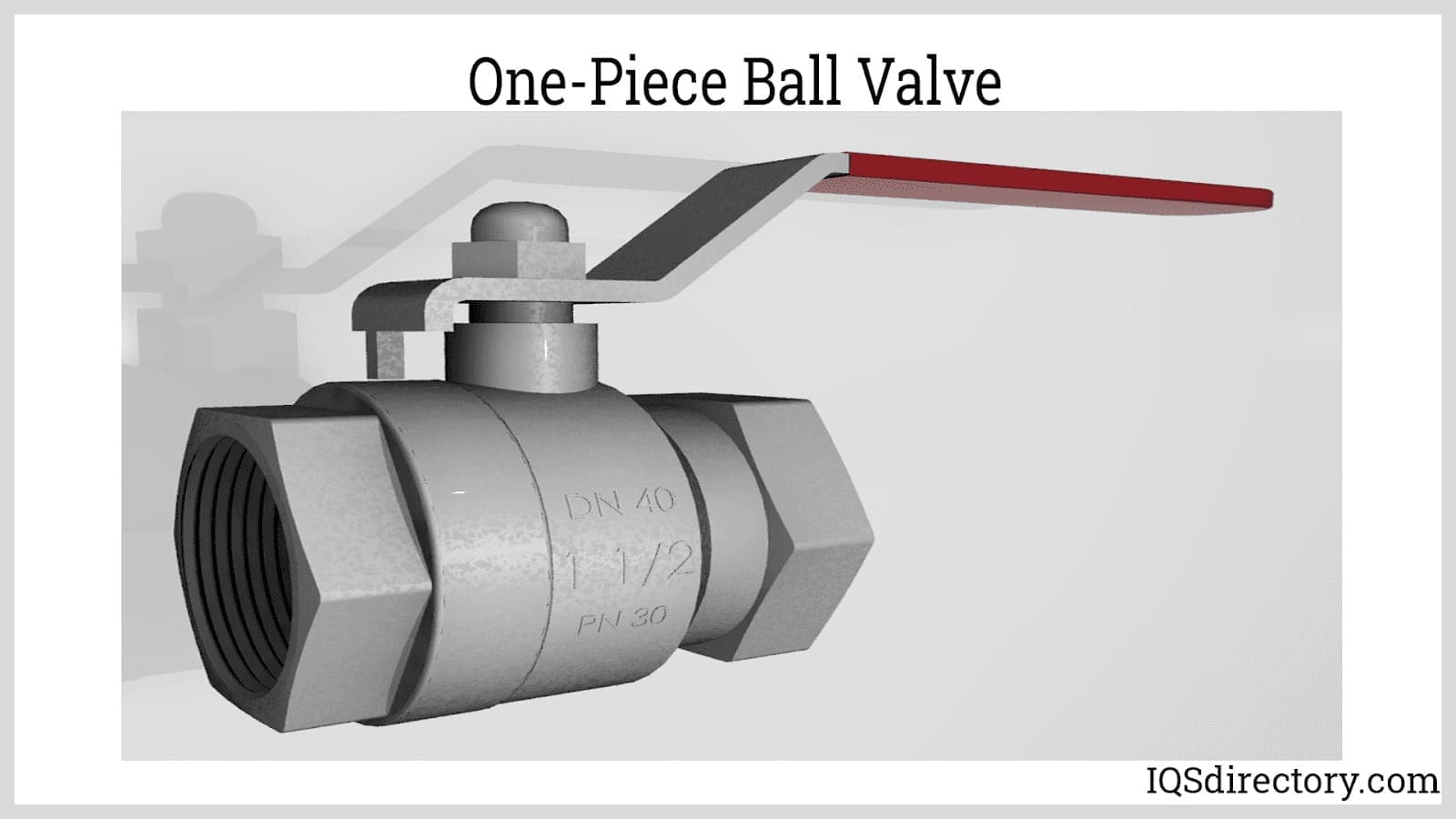
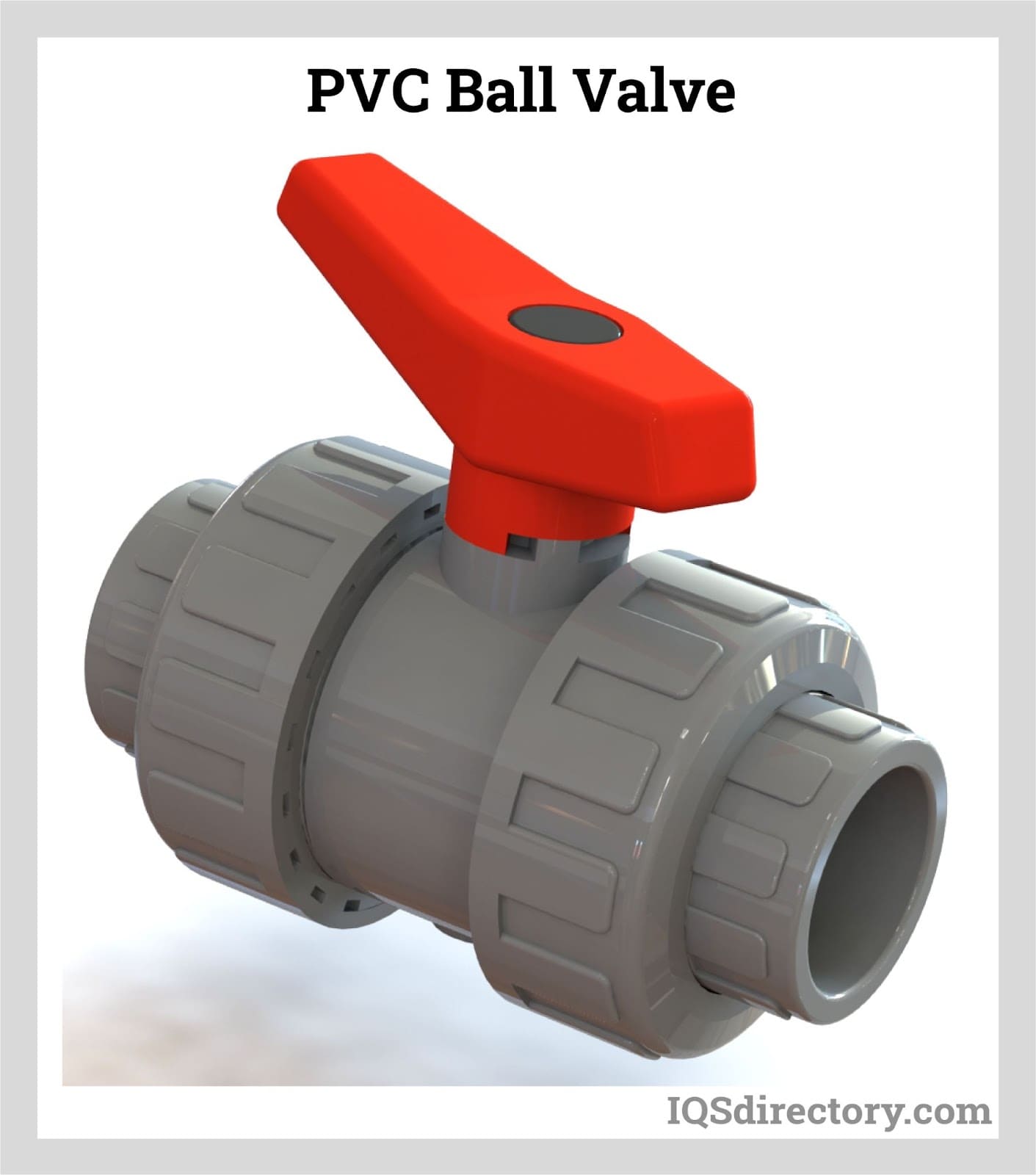
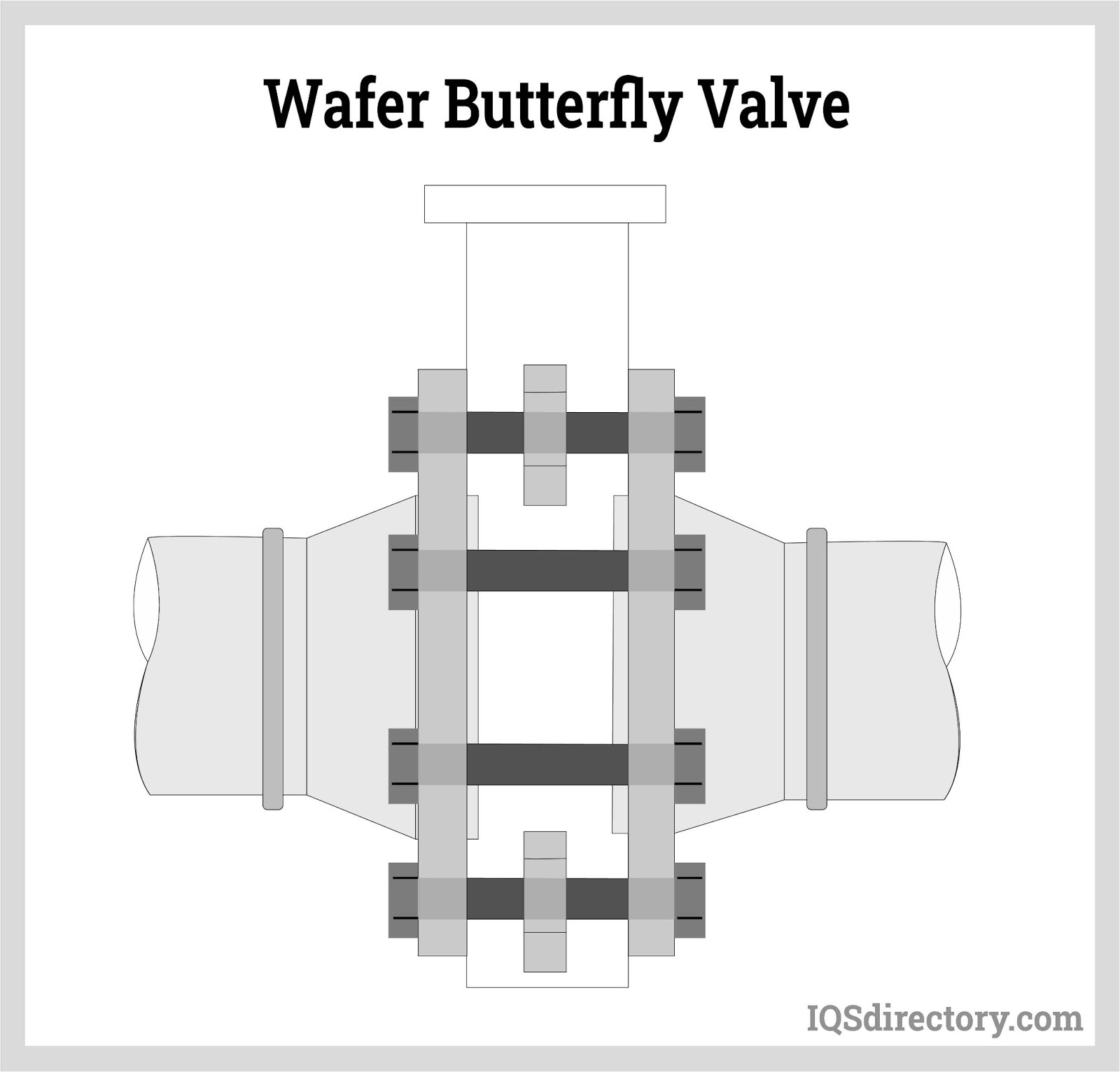
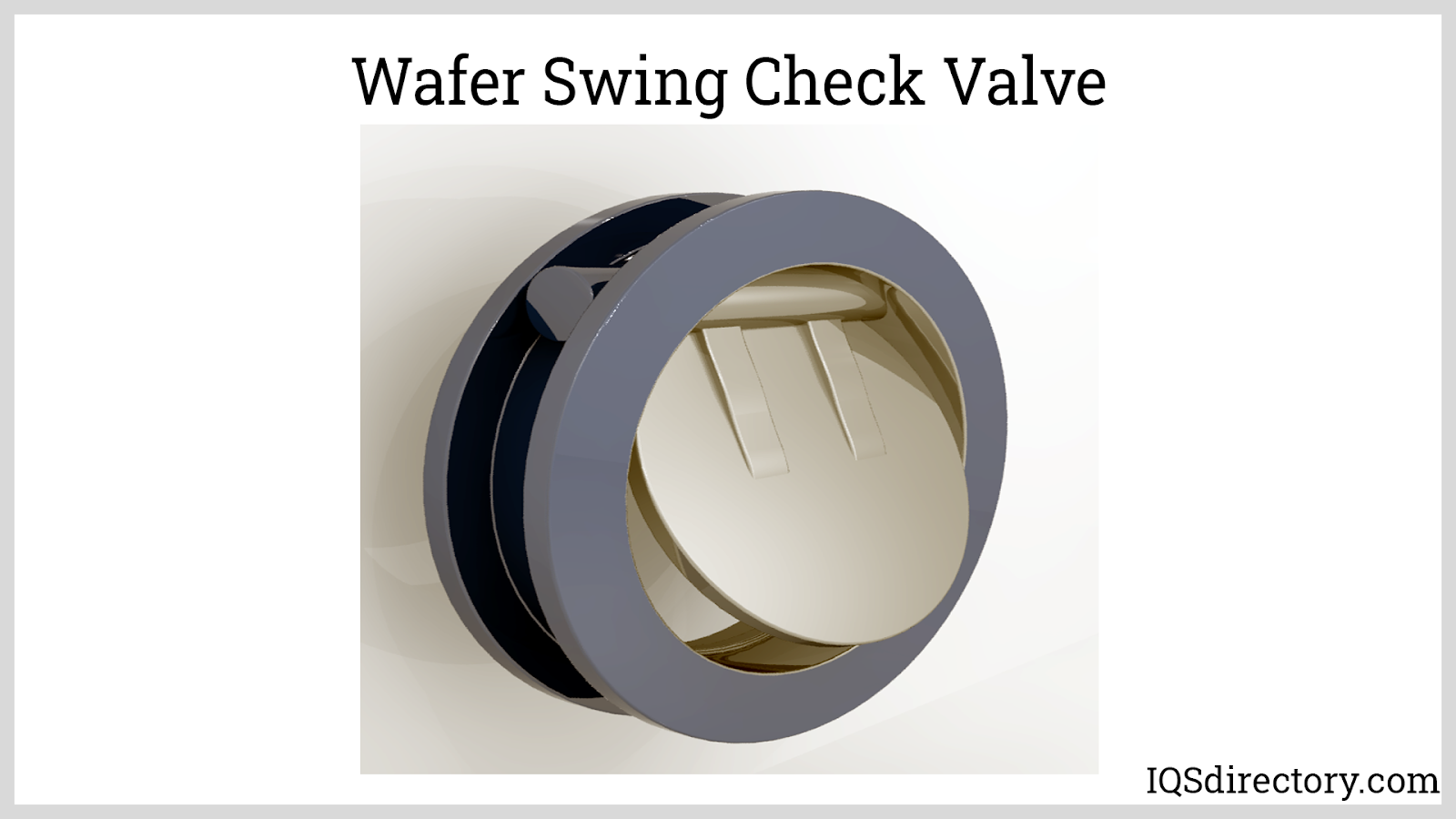
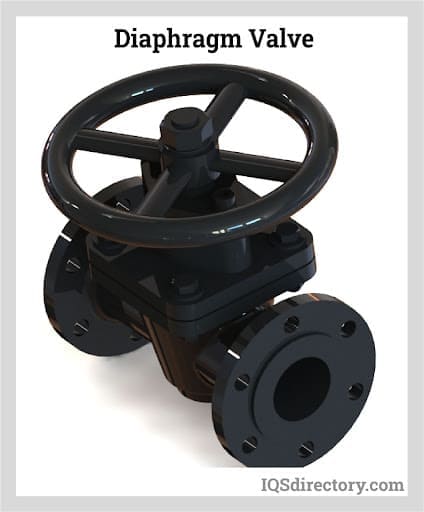
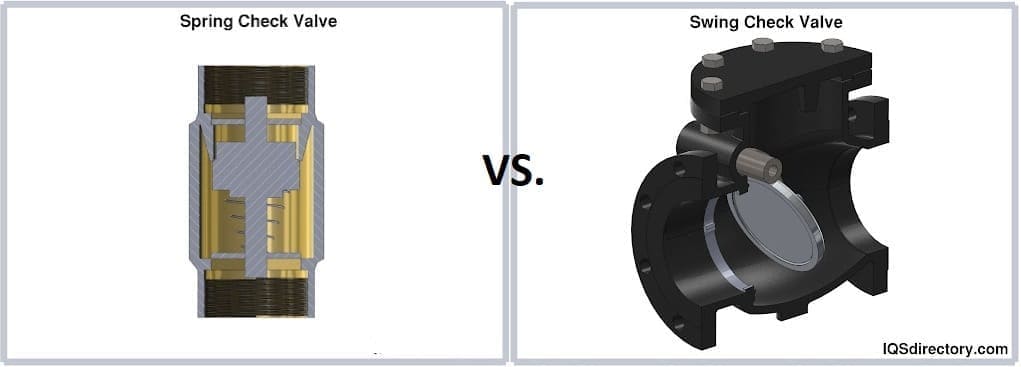
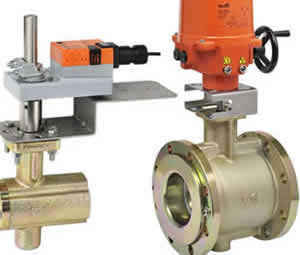 Ball Valves
Ball Valves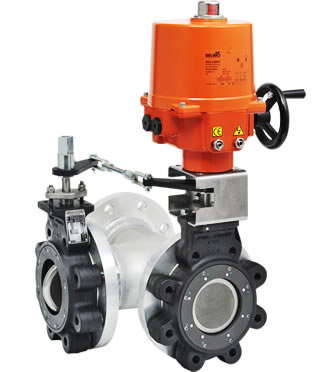 Butterfly Valves
Butterfly Valves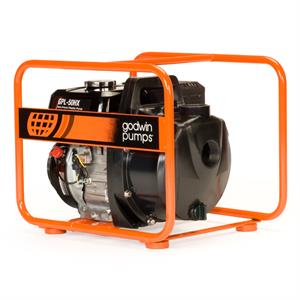 Centrifugal Pumps
Centrifugal Pumps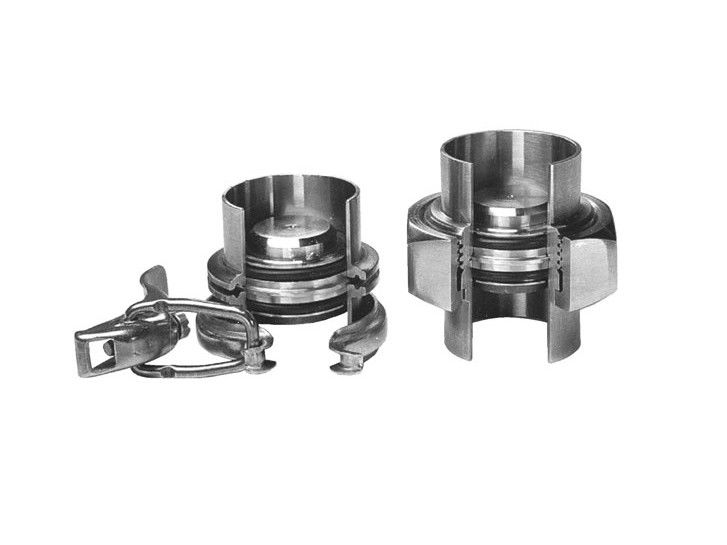 Check Valves
Check Valves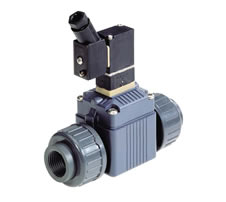 Diaphragm Valves
Diaphragm Valves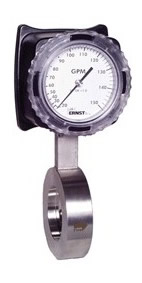 Flow Meters
Flow Meters Hydraulic Pumps
Hydraulic Pumps Hydraulic Valves
Hydraulic Valves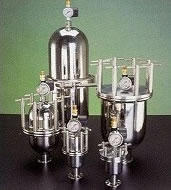 Metering Pumps
Metering Pumps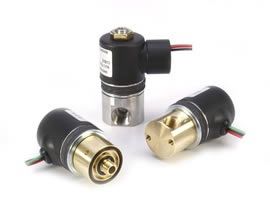 Solenoid Valves
Solenoid Valves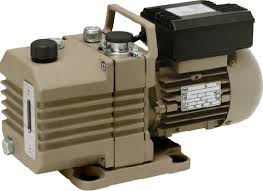 Vacuum Pumps
Vacuum Pumps Castings & Forgings
Castings & Forgings Bulk Material Handling
Bulk Material Handling Electrical & Electronic Components
Electrical & Electronic Components Flow Instrumentation
Flow Instrumentation Hardware
Hardware Material Handling Equipment
Material Handling Equipment Metal Cutting Services
Metal Cutting Services Metal Forming Services
Metal Forming Services Metal Suppliers
Metal Suppliers Motion Control Products
Motion Control Products Plant & Facility Equipment
Plant & Facility Equipment Plant & Facility Supplies
Plant & Facility Supplies Plastic Molding Processes
Plastic Molding Processes Pumps & Valves
Pumps & Valves Recycling Equipment
Recycling Equipment Rubber Products & Services
Rubber Products & Services